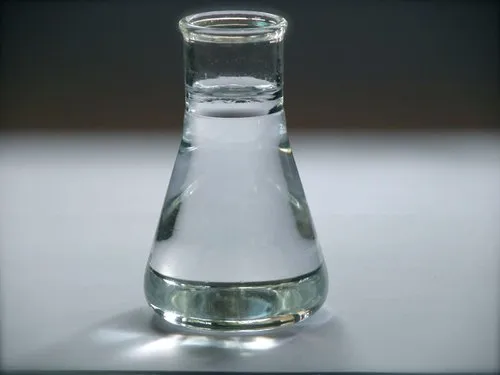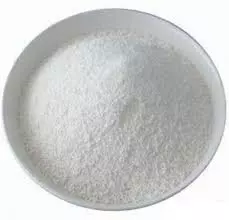Refined Glycerine 99.7% Min USP 43 (Flexi)
|
IUPAC Name |
: Propane-1,2,3-triol |
|
Cas Number |
: 56-81-5 |
|
HS Code |
: 2905.45.00 |
|
Formula |
: C3H8O3 |
Basic Info
|
Appearance Name |
: Clear Colorless Liquid |
|
Common Names |
: 1,2,3-propanetriol, Glycerol |
|
Packaging |
: Flexi Bag, 23 MT/20 FCL |




.webp)
